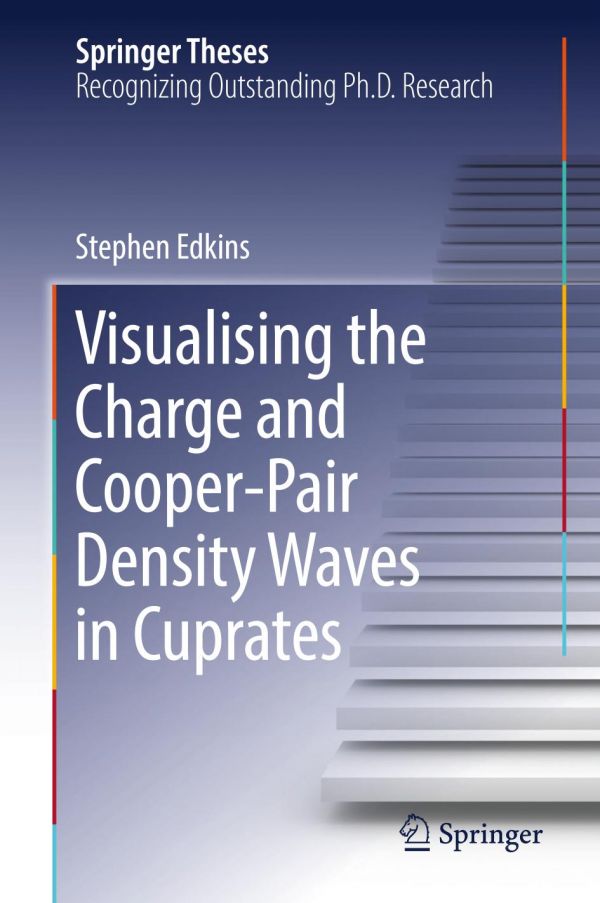

Most ebook files are in PDF format, so you can easily read them using various software such as Foxit Reader or directly on the Google Chrome browser.
Some ebook files are released by publishers in other formats such as .awz, .mobi, .epub, .fb2, etc. You may need to install specific software to read these formats on mobile/PC, such as Calibre.
Please read the tutorial at this link: https://ebookbell.com/faq
We offer FREE conversion to the popular formats you request; however, this may take some time. Therefore, right after payment, please email us, and we will try to provide the service as quickly as possible.
For some exceptional file formats or broken links (if any), please refrain from opening any disputes. Instead, email us first, and we will try to assist within a maximum of 6 hours.
EbookBell Team

4.3
18 reviewsThis thesis reports on the use of scanning tunnelling microscopy to elucidate the atomic-scale electronic structure of a charge density wave, revealing that it has a d-symmetry form factor, hitherto unobserved in nature. It then details the development of an entirely new class of scanned probe: the scanning Josephson tunnelling microscope. This scans the Josephson junction formed between a cuprate superconducting microscope tip and the surface of a cuprate sample, thereby imaging the superfluid density of the sample with nanometer resolution. This novel method is used to establish the existence of a spatially modulated superconducting condensate, something postulated theoretically over half a century ago but never previously observed.